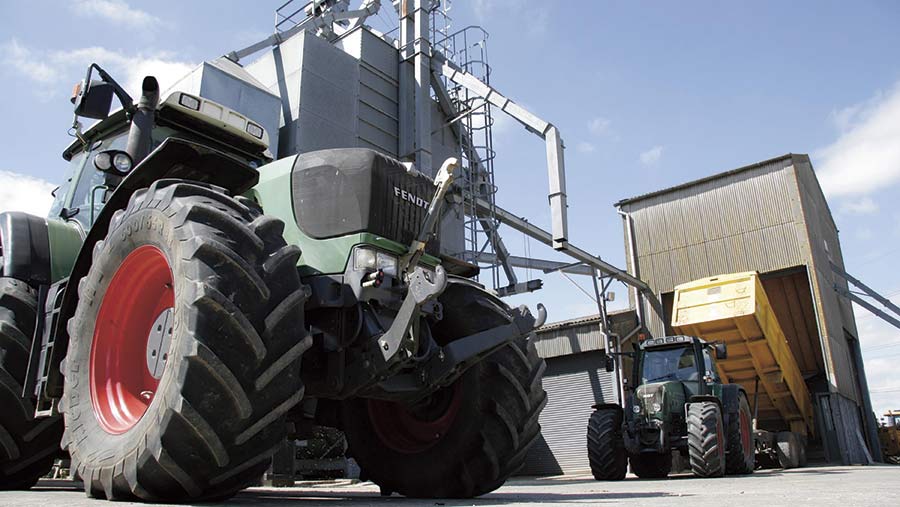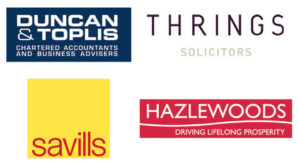Business clinic: Tax implications of changing company structure
 © Tim Scrivener
© Tim Scrivener Whether you have a legal, tax, insurance, management or land issue, Farmers Weekly’s Business Clinic experts can help. Here, Peter Griffiths, tax director at Hazlewoods, advises on the tax considerations of moving to a company structure.
Q We currently trade as a farming partnership and are about to transfer all the trade and assets, excluding any land, to a limited company. We have plant and machinery worth approximately £1m that has a tax written down value of almost zero.
What are the tax consequences of transferring the machinery to the limited company?
A Tax relief on the acquisition of eligible plant and machinery, such as a tractor or a combine, is obtained by a business through what are known as capital allowances.
The capital allowances annual investment allowance (AIA), currently allows annual expenditure of up to £200,000 to obtain a 100% tax deduction in the year of expenditure.
 Peter Griffiths, tax director, Hazlewoods
Peter Griffiths, tax director, HazlewoodsHowever, the AIA has in recent years been as high as £500,000.
As a result, what is known as the tax written down value of plant and machinery could be very low and even zero.
Therefore, when a significant amount of machinery is sold and not replaced by acquiring other plant and machinery, the proceeds may well be chargeable to tax.
See also: Business Clinic – tax bill on family farmland buy-out
However, where plant and machinery is transferred as part of a trade between what are “connected parties” for tax purposes – which would usually be the case on incorporation of a partnership business – it is possible to make an election to transfer the machinery at tax written down value for tax purposes. This means that no tax arises on the transfer.
However, the value of the machinery to be included in the accounts of the limited company can still be the market value of £1m.
This means that £1m of value will be available to the former partners to be withdrawn from the company at a later date with no tax effect, as long as the market value is not greater than the original cost of the machinery.
If a farming partnership is trading “alongside” a farming company, this would mean each business is entitled to an AIA for capital allowances on new machinery of £200,000. Therefore, there may be good tax reasons not to incorporate the whole of the partnership.
It is also important to consider the partners’ inheritance tax position before transferring the whole of a farming trade to a company, as only the person who has a controlling shareholding will be deemed to be in occupation of the land farmed by the company and so potentially eligible for agricultural property relief on a farmhouse owned personally.
However, if a farming partnership has four partners, each with a partnership interest of 25%, then it can be possible for each of the partners to obtain agricultural property relief on farmhouses that they own.
Do you have a question for the panel?
 Outline your legal, tax, finance, insurance or farm management question in no more than 350 words and Farmers Weekly will put it to a member of the panel. Please give as much information as possible.
Outline your legal, tax, finance, insurance or farm management question in no more than 350 words and Farmers Weekly will put it to a member of the panel. Please give as much information as possible.
Send your enquiry to Business Clinic, Farmers Weekly, RBI, Quadrant House, The Quadrant, Sutton, Surrey SM2 5AS.
You can also email your question to fwbusinessclinic@rbi.co.uk.
